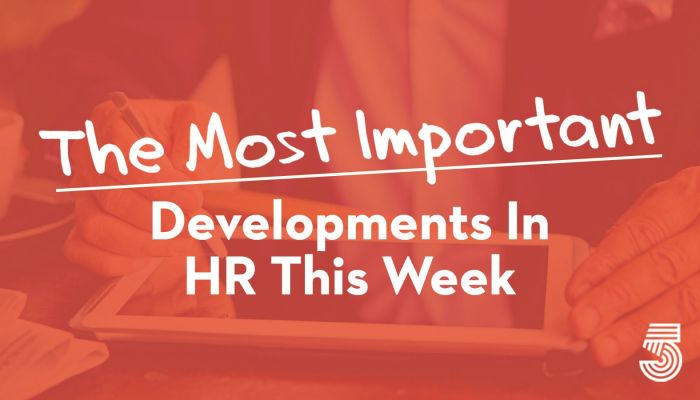The M.I.D., as we call it, is curated by our editorial team from more than 50 news sources. Like a lot of good ideas, this started as something I wanted for myself. If I can’t read everything, I at least want to stay abreast of the most important developments.
This week in HR, crime made it hard for McDonald’s to recruit and retain workers, quiet quitting was dissed by Wharton, we learned hiring over-40s is considered a DEI initiative in tech (oof!), Gallup polled about the challenges of hybrid work, and Bersin took on the nursing crisis.


McDonald’s CEO Chris Kempczinski has big concerns about surging crime in Chicago, where the fast food giant is based, saying it is impacting the company’s restaurants and making it harder to recruit corporate talent. “It’s more difficult today for me to convince a promising McDonald’s executive to relocate to Chicago from one of our other offices than it was just a few years ago,” he said. “It’s more difficult for me to recruit a new employee to McDonald’s, to join us in Chicago than it was in the past.” And when it comes to returning to the office, he said, “one of the things that I hear from our employees [is] … ‘I’m not sure it’s safe to come downtown.'” CNN Business

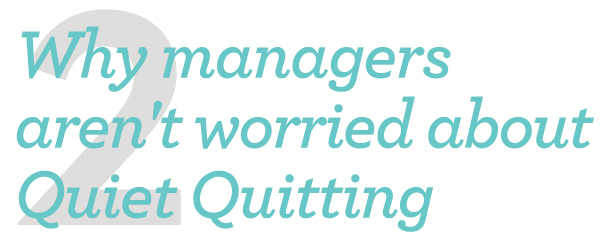
Employers aren’t too worried about workers joining the quiet quitting movement, says Wharton management professor Matthew Bidwell. In the current tight labor market, they are far more concerned about recruitment and retention than a TikTok-inspired trend that describes doing the bare minimum at work. “Their big questions are: How do we hang on to people? How do we find new people, the right people? And how do we strike this balance between giving people the flexibility to work from home, which they want, while also maintaining some cohesive organizational culture,” Bidwell said during an interview with Wharton Business Daily on SiriusXM. Knowledge at Wharton School of Business

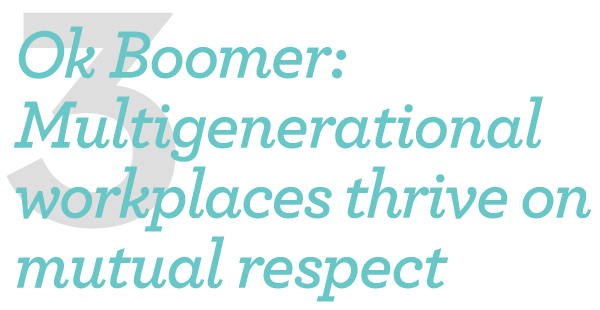
Through most of the 20th century, it was common for a worker to start with a company in their 20s and stay there through retirement at 65, at which time the next generation, who followed the same path, was ready to take their place. Kind of like royal ascension, but for accountants and ad men with good pensions. Today,


Employees are returning to the office in droves, and hybrid work arrangements are quickly becoming the new normal for many remote-capable employees. Employers are scrambling to determine how to make hybrid work as engaging and productive as possible. Crafting an effective hybrid strategy, work environment and culture begins with leaning into what’s working, adjusting what’s not working and adapting as lessons are learned. [Findings of a recent Gallup poll showed:] The greatest advantages of hybrid work to date are: improved work-life balance, more efficient use of time, control over work hours and work location, burnout mitigation, and higher productivity. The greatest challenges of hybrid work include: having the right tools to be effective at work, feeling less connected to the organization’s culture, impaired collaboration and relationships, and disrupted work processes. Gallup
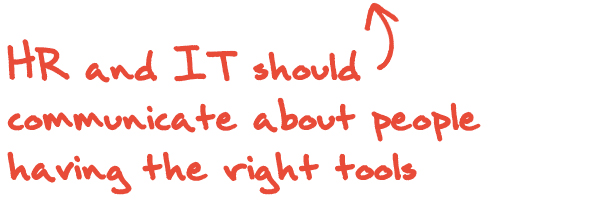
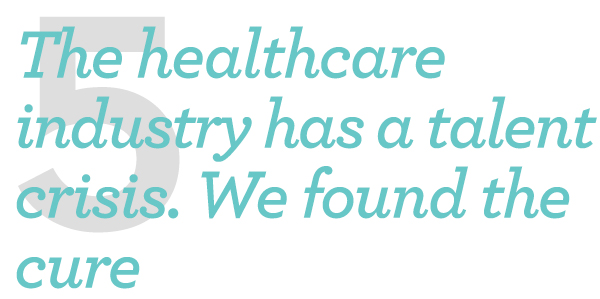
We just completed a massive study of the talent and HR challenges in healthcare, and the findings are astounding. Hospitals, clinics, and providers know quite well that nurses are their biggest talent challenge. Many hospitals admit to us that their nurse turnover can be as high as 60% or more, and the Glassdoor ratings show hundreds of comments about overwork, toxic work environment, and all sorts of poor working conditions. One CHRO told me that “our nurses are going through more trauma than our patients.” Let me summarize the research with a couple of important findings, and I think you’ll find them fascinating and educational for your own company. First, there is going to be a massive gap in talent, skills, and people. Our research shows that the US healthcare industry will be short 2.1 million nursing professionals over the next three years. Second, the industry is not well prepared to find these people. During the process of conducting this research, we developed a model we call the “Four R’s” – Recruit, Retain, Reskill, and Redesign. These four talent practices must fit together to deal with any talent challenge, and in healthcare they point out some significant opportunities. Josh Bersin






